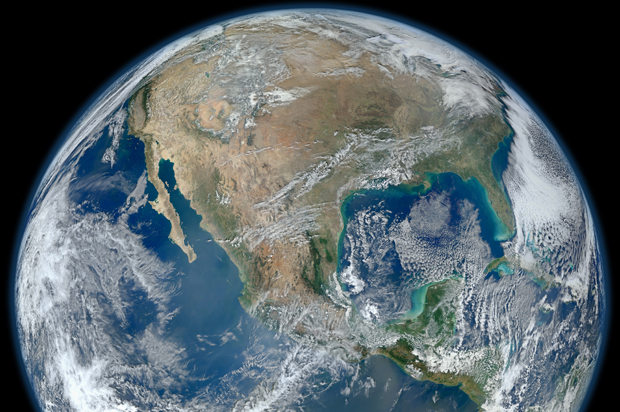A fall chill has begun to descend on New York City. Technically however, fall does not begin in the Northern Hemisphere until Sept. 23, at 2:29 UTC (Sept. 22, at 10:29 PM EDT), according to Sky and Telescope.
This day — and this precise time — marks one of two yearly equinoxes, or when the sun shines directly on the Earth’s equator. For the Northern Hemisphere today marks the autumnal equinox, as it heads toward short winter days. And it signals the start of longer summer days for the Southern Hemisphere.
An equinox, and this precise measuring of seasons, is due to the Earth’s axial tilt of 23.5 degrees, and the Earth’s orbit around the sun. During part of the Earth’s orbit, the Northern Hemisphere is tilted toward the sun and receives more daylight hours, and then during the other half (six months), the Southern Hemisphere receives more light.
At an equinox, day and night are roughly of equal length. The below video, captured by Russian satellite Elektro-L, shows what 2013’s autumnal equinox looked like from space:
From NASA’s Astronomy Picture of the Day:
“Earth is at equinox. Over the next 24 hours, day and night have nearly equal duration all over planet Earth. Technically, equinox transpires at 2:29 am Universal Time tomorrow, but this occurs today in North and South America. This September equinox signal that winter is approaching in the northern hemisphere, and summer is approaching in the south. At equinox, the dividing line between the sunlit half of Earth and the nighttime half of Earth temporarily passes through Earth’s north and south spin poles. This dividing line is shown in clear detail in thefeatured video, taken by the Russian meteorological satellite Elektro-L during last year’s September equinox. The Elektro-L satellite is in geostationaryorbit over one spot on Earth’s equator and always points directly toward the Earth. The featured video shows a time lapse for an entire day surrounding the equinox, with a new image taken every 30 minutes. Cloud motions are visible as well as the reflection of the Sun are visible as the equinox day progressed. The next Earth equinox is scheduled for March.”
h/t Sploid

